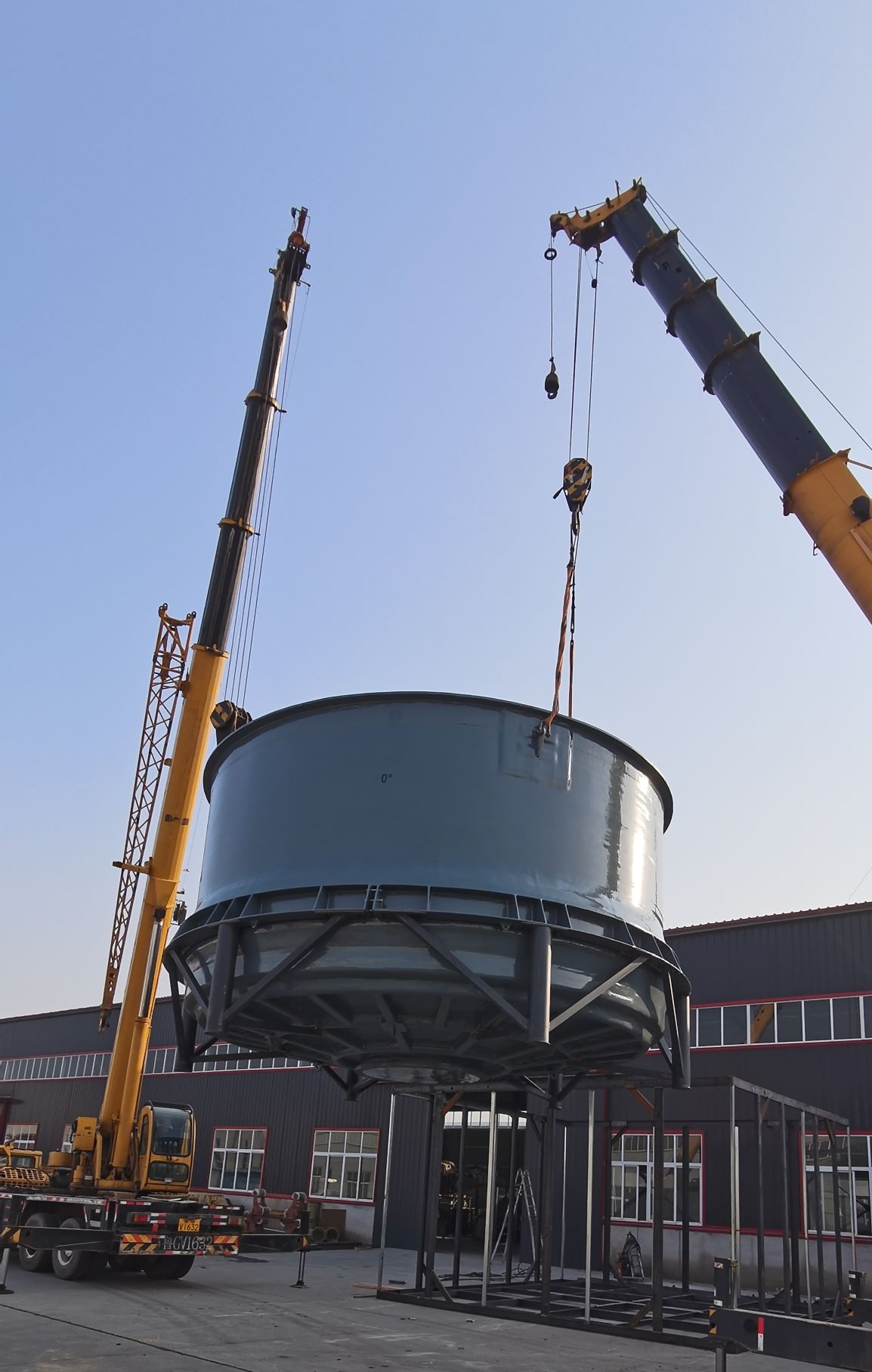
-
 Afrikaans
Afrikaans -
 Albanian
Albanian -
 Amharic
Amharic -
 Arabic
Arabic -
 Armenian
Armenian -
 Azerbaijani
Azerbaijani -
 Basque
Basque -
 Belarusian
Belarusian -
 Bengali
Bengali -
 Bosnian
Bosnian -
 Bulgarian
Bulgarian -
 Catalan
Catalan -
 Cebuano
Cebuano -
 China
China -
 China (Taiwan)
China (Taiwan) -
 Corsican
Corsican -
 Croatian
Croatian -
 Czech
Czech -
 Danish
Danish -
 Dutch
Dutch -
 English
English -
 Esperanto
Esperanto -
 Estonian
Estonian -
 Finnish
Finnish -
 French
French -
 Frisian
Frisian -
 Galician
Galician -
 Georgian
Georgian -
 German
German -
 Greek
Greek -
 Gujarati
Gujarati -
 Haitian Creole
Haitian Creole -
 hausa
hausa -
 hawaiian
hawaiian -
 Hebrew
Hebrew -
 Hindi
Hindi -
 Miao
Miao -
 Hungarian
Hungarian -
 Icelandic
Icelandic -
 igbo
igbo -
 Indonesian
Indonesian -
 irish
irish -
 Italian
Italian -
 Japanese
Japanese -
 Javanese
Javanese -
 Kannada
Kannada -
 kazakh
kazakh -
 Khmer
Khmer -
 Rwandese
Rwandese -
 Korean
Korean -
 Kurdish
Kurdish -
 Kyrgyz
Kyrgyz -
 Lao
Lao -
 Latin
Latin -
 Latvian
Latvian -
 Lithuanian
Lithuanian -
 Luxembourgish
Luxembourgish -
 Macedonian
Macedonian -
 Malgashi
Malgashi -
 Malay
Malay -
 Malayalam
Malayalam -
 Maltese
Maltese -
 Maori
Maori -
 Marathi
Marathi -
 Mongolian
Mongolian -
 Myanmar
Myanmar -
 Nepali
Nepali -
 Norwegian
Norwegian -
 Norwegian
Norwegian -
 Occitan
Occitan -
 Pashto
Pashto -
 Persian
Persian -
 Polish
Polish -
 Portuguese
Portuguese -
 Punjabi
Punjabi -
 Romanian
Romanian -
 Russian
Russian -
 Samoan
Samoan -
 Scottish Gaelic
Scottish Gaelic -
 Serbian
Serbian -
 Sesotho
Sesotho -
 Shona
Shona -
 Sindhi
Sindhi -
 Sinhala
Sinhala -
 Slovak
Slovak -
 Slovenian
Slovenian -
 Somali
Somali -
 Spanish
Spanish -
 Sundanese
Sundanese -
 Swahili
Swahili -
 Swedish
Swedish -
 Tagalog
Tagalog -
 Tajik
Tajik -
 Tamil
Tamil -
 Tatar
Tatar -
 Telugu
Telugu -
 Thai
Thai -
 Turkish
Turkish -
 Turkmen
Turkmen -
 Ukrainian
Ukrainian -
 Urdu
Urdu -
 Uighur
Uighur -
 Uzbek
Uzbek -
 Vietnamese
Vietnamese -
 Welsh
Welsh -
 Bantu
Bantu -
 Yiddish
Yiddish -
 Yoruba
Yoruba -
 Zulu
Zulu
grp pipe fittings
Understanding GRP Pipe Fittings A Comprehensive Overview
Glass Reinforced Plastic (GRP), also known as Fiberglass Reinforced Plastic (FRP), is a composite material featuring a polymer matrix reinforced with glass fibers. It has become one of the preferred materials in various industries due to its unique combination of properties, such as strength, durability, and resistance to corrosion. Among the many applications of GRP, pipe fittings play a crucial role in ensuring the efficiency and reliability of piping systems in various sectors, including water treatment, chemical processing, and construction.
Advantages of GRP Pipe Fittings
One of the primary advantages of GRP pipe fittings is their exceptional resistance to corrosion. Unlike traditional materials such as metal or PVC, GRP does not rust or degrade when exposed to harsh chemicals and environmental conditions. This makes GRP fittings ideal for use in aggressive environments, such as wastewater treatment plants or chemical storage facilities. By utilizing GRP fittings, industries can extend the lifespan of their piping systems, thus reducing maintenance costs and the need for frequent replacements.
Moreover, GRP fittings are lightweight compared to their metallic counterparts. This lightweight characteristic simplifies transportation and installation, making GRP a cost-effective choice for many projects. Contractors can save time and labor costs due to the ease of handling these fittings, which can be particularly beneficial in remote locations where heavy lifting equipment is not readily available.
Another noteworthy advantage is the thermal and electrical insulation properties of GRP. The material does not conduct electricity, which minimizes the risk of electrical hazards in applications involving the transportation of flammable or hazardous materials. Additionally, GRP has a low thermal conductivity, which can contribute to energy efficiency in piping systems, especially in industries where temperature control is crucial.
Types of GRP Pipe Fittings
GRP pipe fittings come in various types, each designed to accommodate specific functions within pipeline systems
. Common types include1. Elbows Used to change the direction of the piping system, GRP elbows are essential for routing pipes around obstacles or directing flow in specified directions.
grp pipe fittings

2. Tees These fittings allow for branching off from the main pipeline. GRP tees are often employed in systems where multiple lines converge, such as in water distribution networks.
3. Reducers When there is a need to connect pipes of different diameters, GRP reducers provide a seamless transition while maintaining flow efficiency.
4. Flanges Essential for connecting pipes and fittings, GRP flanges enable easy assembly and disassembly of piping systems, promoting flexibility for maintenance and upgrades.
5. Caps and Plugs These fittings are used to seal the ends of pipes or fittings, preventing leaks and protecting the internal environment from external contaminants.
Installation and Maintenance
Installing GRP pipe fittings requires careful attention to detail to ensure leak-proof connections and system integrity. It is crucial to follow manufacturer guidelines and utilize appropriate jointing techniques, such as adhesive bonding or mechanical fastening, for optimal results.
Maintenance of GRP fittings is generally straightforward due to their inherent durability and resistance to environmental factors. Routine inspections can help identify any potential issues, and if damage occurs, repairs can often be performed with minimal disruption to the pipeline system.
Conclusion
In summary, GRP pipe fittings offer a host of benefits that make them an indispensable component in modern piping systems. Their resistance to corrosion, lightweight nature, and excellent insulating properties cater to a variety of applications across multiple industries. As technology progresses and industries continue to seek sustainable and efficient solutions, the role of GRP and its fittings is likely to expand further, reinforcing their position as a vital resource in infrastructure development and maintenance. Investing in quality GRP pipe fittings is ultimately a decision that enhances the longevity, safety, and efficiency of any piping system.









